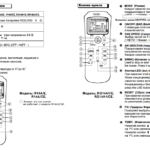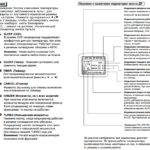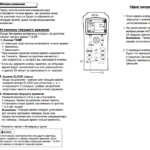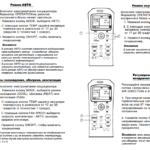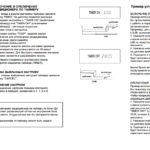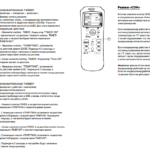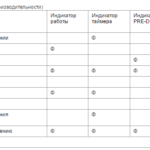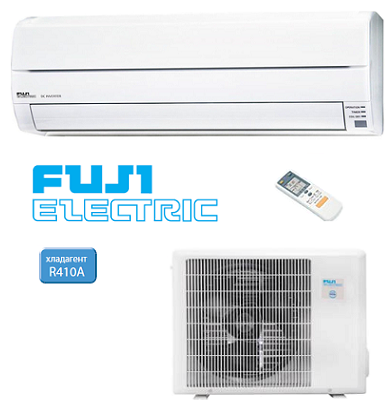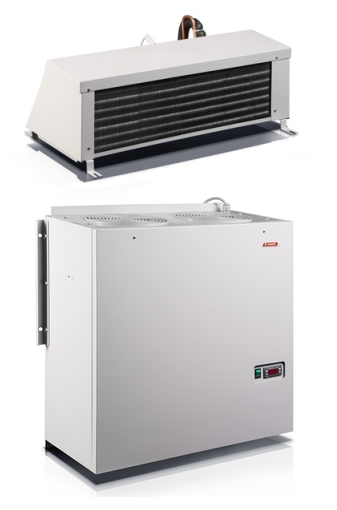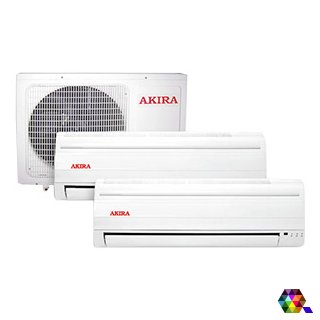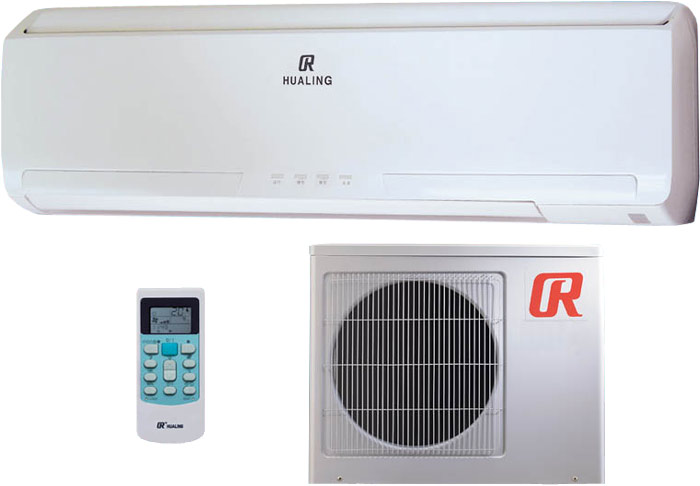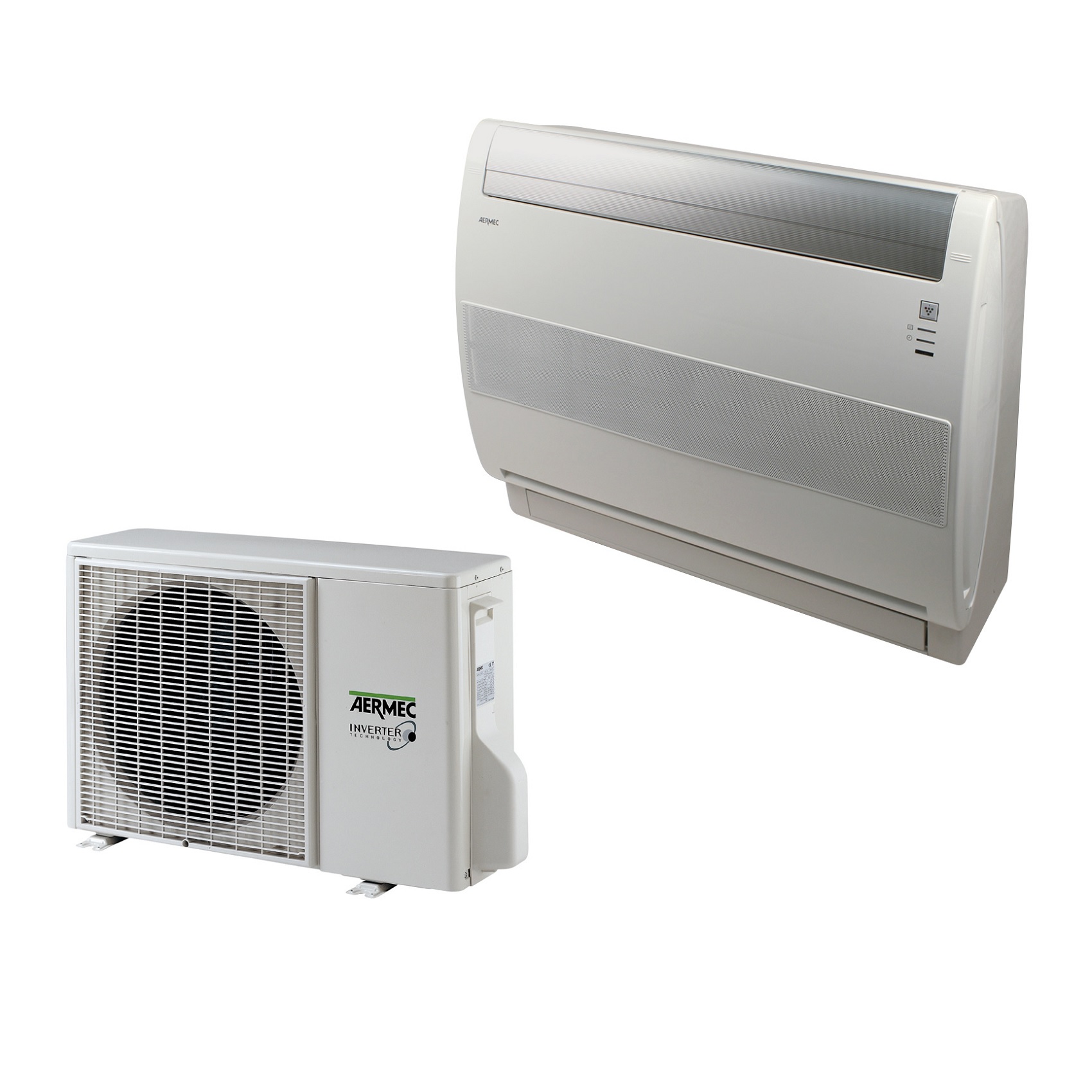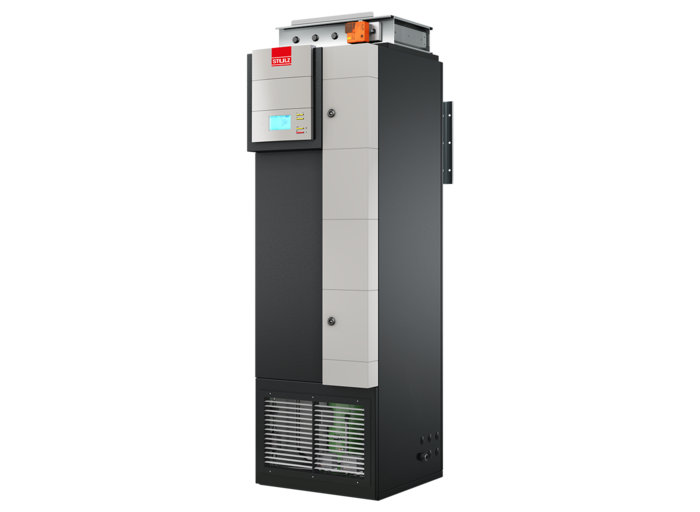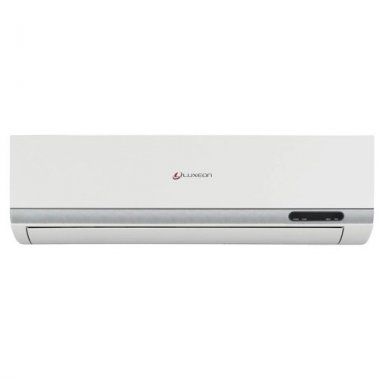The American company Carrier is an innovator and world leader in the production of HVAC equipment for residential, industrial and commercial premises. The history of its development began in 1902, when a young inventor Willis Carrier created the first apparatus for controlling the temperature and humidity of the air in a room. Today, under this brand, air conditioning, heating, ventilation and cooling systems are produced, which make up about 10% of the total number of air conditioners in the world. Such popularity is due to the fact that the electrical systems of this brand are characterized by noiselessness, compact size, energy efficient and environmentally friendly.
Classification of Carrier air conditioners
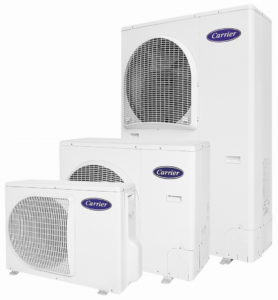
The company has launched the production of a wide range of climatic equipment, the models of which differ from each other in design features and operational characteristics. On the modern market there are:
- household inverter and non-inverter models, which are designed to maintain a stable temperature in a house of up to 80 m2. This function is equipped with every Carrier wall-mounted and mobile air conditioner, Holiday Elit air conditioners and multi-split systems, which are designed to serve several rooms at once. All of them have compact dimensions and modern stylish design, and the diamant household air conditioner is available in two modifications for ease of use: corner and wall;
- semi-industrial and industrial air conditioners designed to serve large areas, offices, sales areas and other premises. They are more powerful than household ones, which makes it possible to evenly distribute air flows in all directions, regardless of the area of the room. These include floor, ceiling, duct and cassette air conditioners. Separately, it is worth noting commercial rooftop and duct models that supply heated or cooled air through the ventilation duct system;
- multi-zone VRV and VRF systems are multifunctional climatic systems that are capable of air conditioning large areas. Such systems can be turned on for heating and cooling, they do not have the entire set of climatic parameters, but they tend to create individual climatic zones in each separate room of the whole building, that is, the central unit in each room maintains different temperature regimes with temperature. Therefore, today the Quarry multi-zone VRF systems are actively used in the construction of new residential buildings, in offices, retail establishments, banking institutions, entertainment centers, etc.
The choice of an air conditioner depends not only on the type of room and its area, but also on the capacity of the unit itself. The maximum allowable values are specified in the operating instructions for each air conditioner.
Popular models of Carrier air conditioners and their features
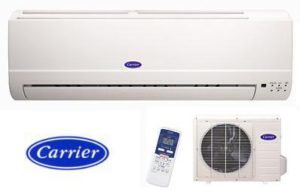
The air conditioner manufacturing company Carrier has combined air conditioners in a series, each of which has its own characteristics, features and distinctive features. In particular:
- QCR, which includes practical and versatile models that can operate in different temperature conditions and have a self-diagnostic function. Their installation type is wall-mounted;
- the Crystal series, the models of which cope with both air cooling and heating, provide a comfortable atmosphere due to the existing deodorizing filter and are practically silent;
- LUVH series, the main feature of which is economical energy consumption and the ability to use filters of different types in systems.
Along with versatility, convenient control and endurance, Carrier split systems are also characterized by affordability, considering how much each of them costs.
But it is worth choosing a climate system according to its main operating parameters and operating characteristics, taking into account the direction and volume of the air flow, power, installation location of the external unit and its operating modes.
For a preliminary analysis, we suggest comparing several popular Carrier air conditioner models and their technical characteristics.
| Model | Carrier 42uqv025m 38uyv025m | Carrier maxima 1300 | Carrier 18 (38QPC01) |
| A type | household inverter | semi-industrial | semi-industrial |
| Working hours | cold / warm | cooling | cooling / heating |
| Ventilation mode | there is | there is | there is |
| Designed for | area 25-60 m2 | volume 90 m3 | area up to 55 m2 |
| Air consumption | 522 m3 / hour | 4950 m3 / h | 5000 m3 / h |
| Performance | 7 kW | 7200 Wt | 7000 Wt |
| Energy efficiency class | A / A | A / A | A / A |
| Freon type (refrigerant) | R410A | R404A | R22 |
| Power consumption | 7.7 kW | 11 kWt | 4.75 kW |
| Cooling capacity | 2.5-6 kW | 7.2-13 kW | 5 kW |
| Heating power | 3.2-7 kW | — | 5.4 kW |
| Overall dimensions of the outdoor unit | 53x66x24 cm | 188.8x42.4x215.3 cm | 54x70x24 cm |
| Overall dimensions of the indoor unit | 25x74x21 cm | — | 25x75x20.7 cm |
| Remote Control | there is | there is | there is |
Optimum performance makes these units the best choice for your home or office. The main thing is to choose the right model according to the parameters.
Carrier Air Conditioner Control Panel Instructions
The operation of the Carrier air conditioning system is controlled both manually using the buttons with which the indoor unit is equipped, and by remote control - for this there is a remote control for the Carrier air conditioner. It comes complete with all models of air conditioners of this brand and is designed to configure the main operating modes and auxiliary options. The nuances of operating modes settings and their description are available in the instructions for Carrier air conditioners.
How to control the operation of the air conditioner is understandable at an intuitive level, but for its correct operation and use of all its capabilities, it is worth studying the operating instructions.
Carrier air conditioner error codes
Correct installation of the Carrier air conditioner and setting its operating modes is a guarantee of its normal operation. But if the installation of climatic equipment was carried out incorrectly or its regular maintenance is not carried out, it starts to work incorrectly and symbols appear on the display - error codes for Carrier air conditioners. Their detailed description is in the operating instructions, but if they occur, you should:
- stop the system;
- check the error code with those indicated in the manual;
- if troubleshooting does not require dismantling or disassembling the air conditioner, try to do it yourself, according to how the diagrams indicate in the instructions;
- be sure to contact your local service organization for advice or to repair your Carrier air conditioner.
The main thing is not to try to disassemble the indoor unit on your own, because this will void the warranty and may lead to further exacerbation of the problem.
Reviews from real users
Numerous reviews of Carrier air conditioners users allow us to regard this brand of HVAC equipment as the best combination of price and quality. The main advantages of igloo wall units and floor systems are:
- high build quality;
- a large number of operating modes;
- the compressor works almost noiselessly;
- low power consumption;
- ease of management.
Despite such a list of positive points and the presence of an inverter, these products did not satisfy their users for the following reasons:
- lack of bells and whistles for cleaning the air from the outdoor unit;
- impossibility of turning off sound effects when pressing buttons on the remote control and using them in silent mode.
In general, Carrier climate systems are the ideal choice for home or office use.

